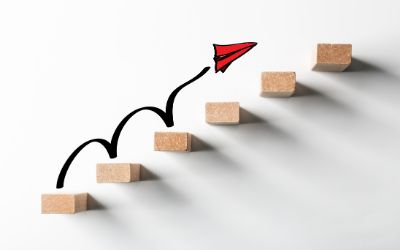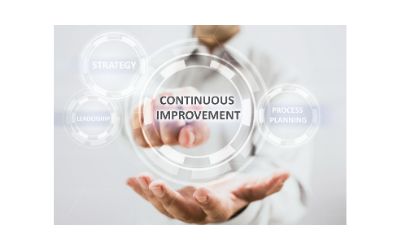We have developed a culture of collaboration, which enables our organization to maximize the knowledge and capabilities of our employees. Ideas and information spread more easily when employees communicate and collaborate across an organization. Hence, while planning our improvement initiatives, we make sure to assemble a diverse team to collaborate and present ideas.
Continuous Improvement is a team effort, so it is essential to let everyone know “we’re in this together.” To demonstrate this attitude, we hold cross-functional process improvement brainstorming sessions to get teams thinking outside the box about process improvement. These sessions can also serve as an opportunity to work through process pinpoints together to jointly come up with the best improvement ideas.
It is an ongoing effort to improve all elements of an organization—processes, tools, products, services, etc. Sometimes those improvements are big, often they are small. But what’s most important is they’re frequent. So, creating a culture of improvement is a priority to make it work, that’s what we aim on.
Our Continuous improvement ethos targets to benefit internal / external stakeholders, from employees to customers and investors alike.
At Kaira, we continuously seek feedback from customers, stakeholders and employees throughout our operations. These feedbacks not only help us locate opportunities for improvement, but this also offers new perspectives and breed new ideas.
This can only be done by empowering everyone within an organisation to understand that they can point out places for development to spark positive change.
- Streamline workflows
- Reduce overhead
- Improve product quality
- Increase efficiency and productivity
- Decrease project costs
- Reduce waste
- Raise employee satisfaction
- Build teamwork
- Improve customer satisfaction
- Improve organizational alignment, from the front lines to the executive suite
- Increase engagement in improvement by promoting a sense of ownership and accountability for improvement
- Shorten time to share knowledge and ideas
- Raise skill level throughout a team



